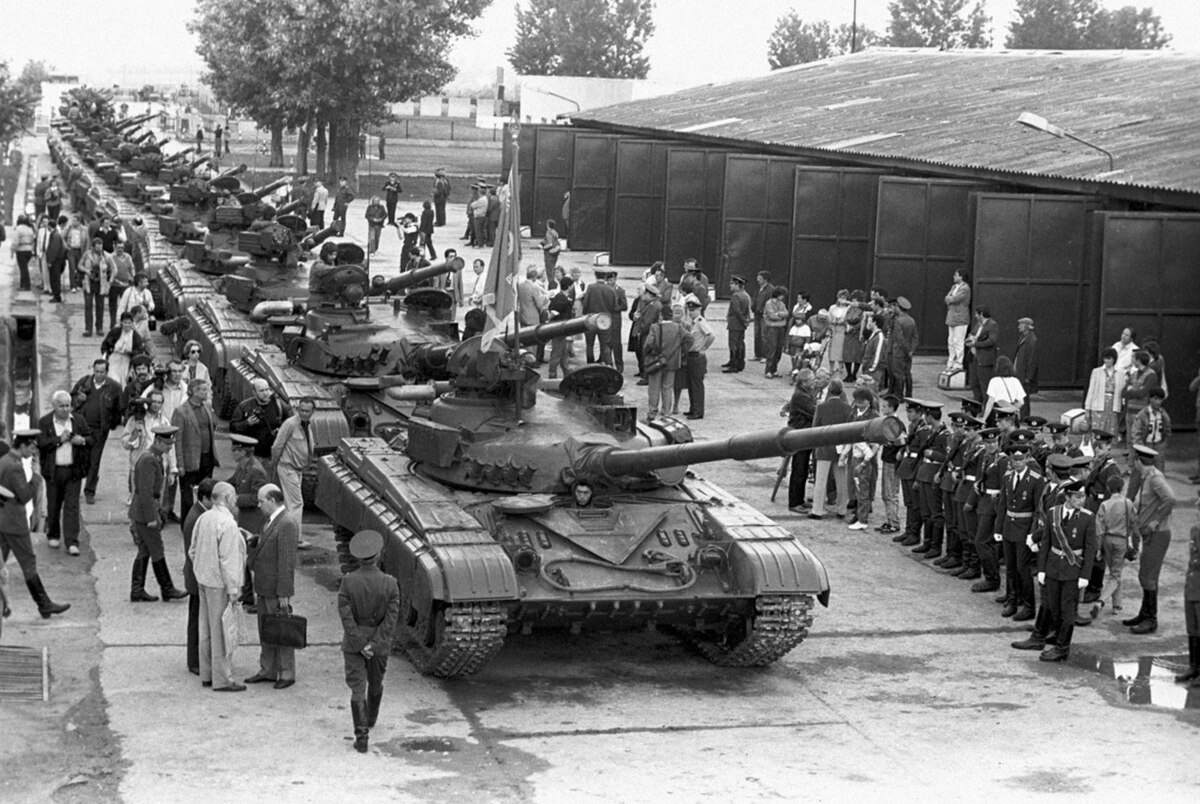
Third Republic
HungaryThe first free parliamentary election, held in May 1990, was effectively a plebiscite on communism. The revitalized and reformed communists performed poorly. Populist, center-right, and liberal parties fared best, with the MDF winning 43% of the vote and the SZDSZ capturing 24%. Under Prime Minister József Antall, the MDF formed a center-right coalition government with the Independent Smallholders' Party and the Christian Democratic People's Party to command a 60% majority in the parliament.
Between by June 1991, the Soviet troops ("Southern Army Group") left Hungary. The total number of Soviet military and civilian personnel stationed in Hungary was around 100,000, having at their disposal approximately 27,000 military equipment. The withdrawal was performed with 35,000 railway cars. The last units commanded by general Viktor Silov crossed the Hungarian-Ukrainian border at Záhony-Chop.
The coalition was influenced by the socialism of Horn, by the economic focus of its technocrats (who had been Western-educated in the 1970s and 1980s) and ex-cadre entrepreneur supporters, and by its liberal coalition partner the SZDSZ. Facing the threat of state bankruptcy, Horn initiated economic reforms and aggressive privatization of state enterprises to multinational companies in return for expectations of investment (in the form of reconstruction, expansion and modernization). The socialist-liberal government adopted a fiscal austerity program, the Bokros package in 1995, which had dramatic consequences for social stability and quality of life. The government introduced post-secondary tuition fees, partially privatized state services, but supported science both directly and indirectly, through the private sector. The government pursued a foreign policy of integration with Euro-Atlantic institutions and reconciliation with neighboring countries. Critics argued that the policies of the ruling coalition were more right-wing than those of the previous right-wing government had been.
